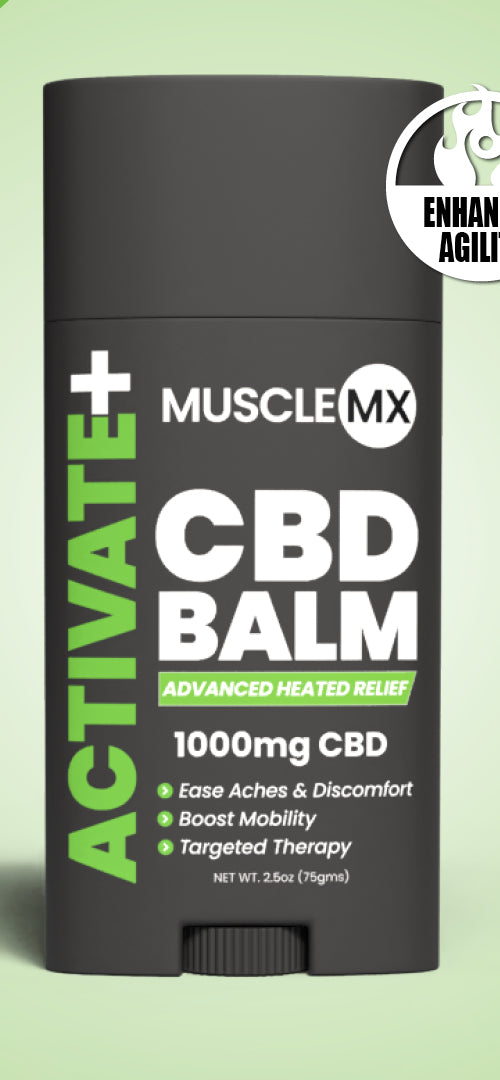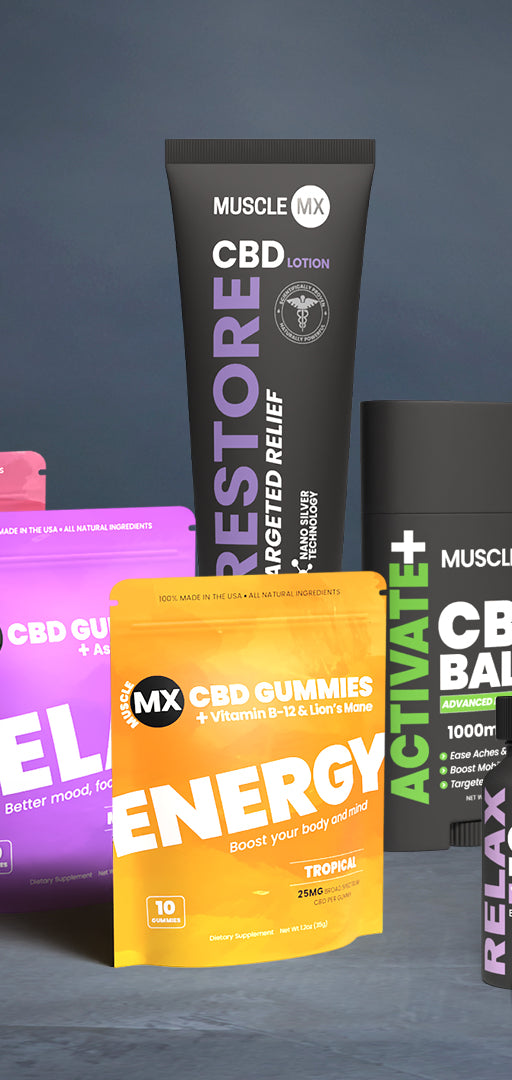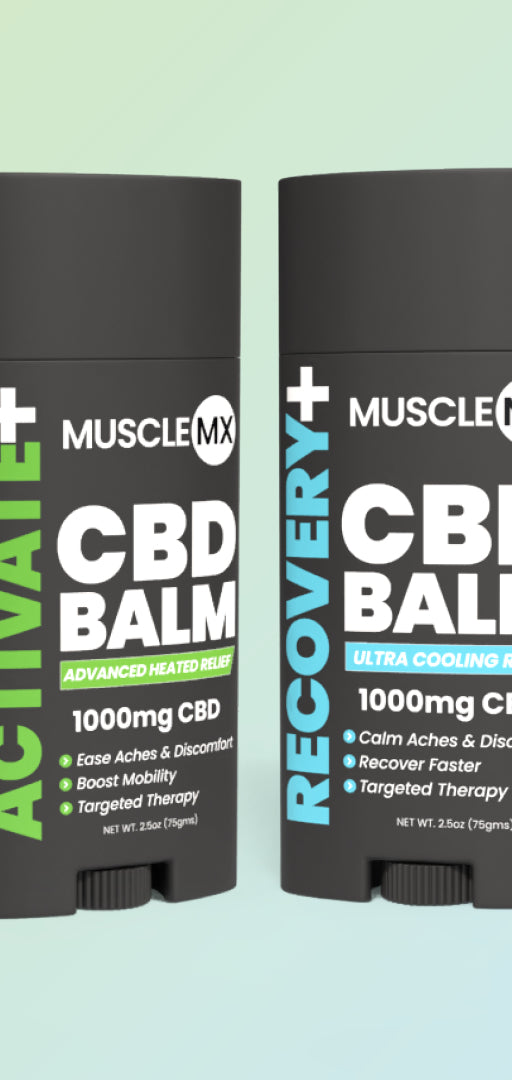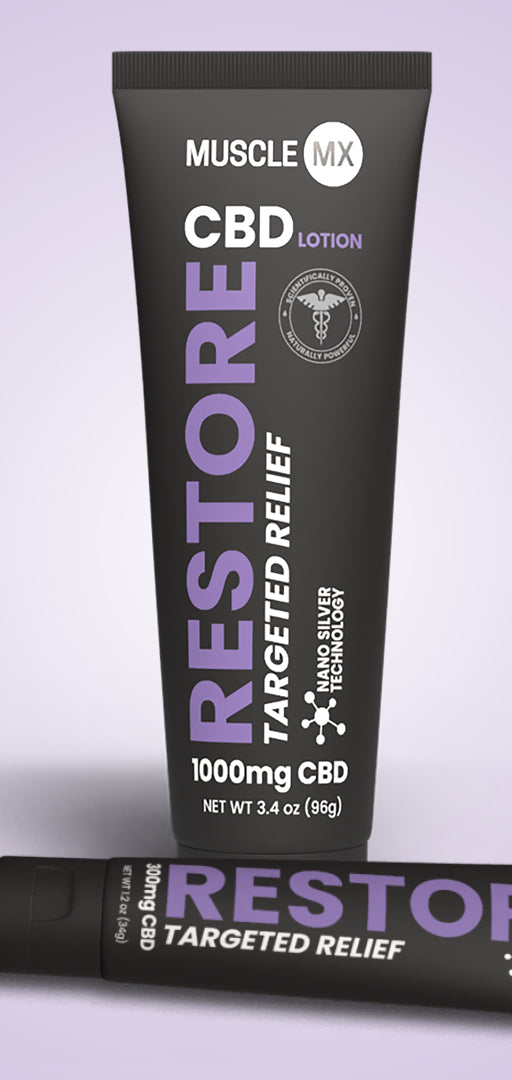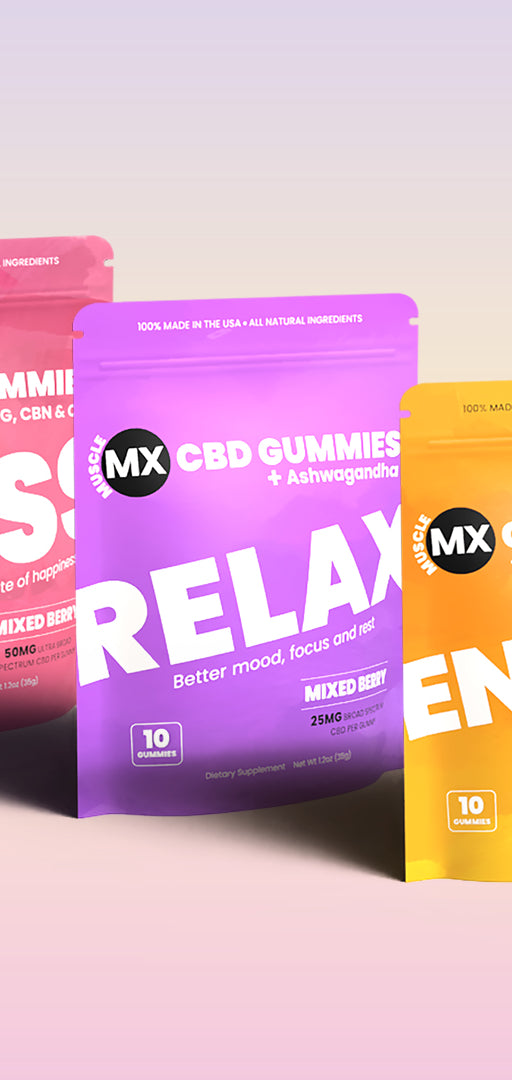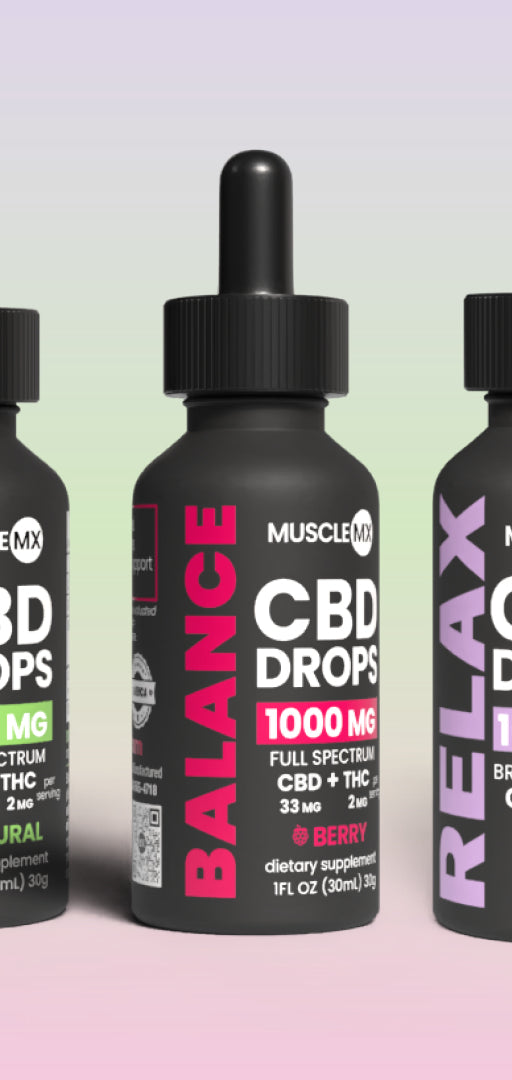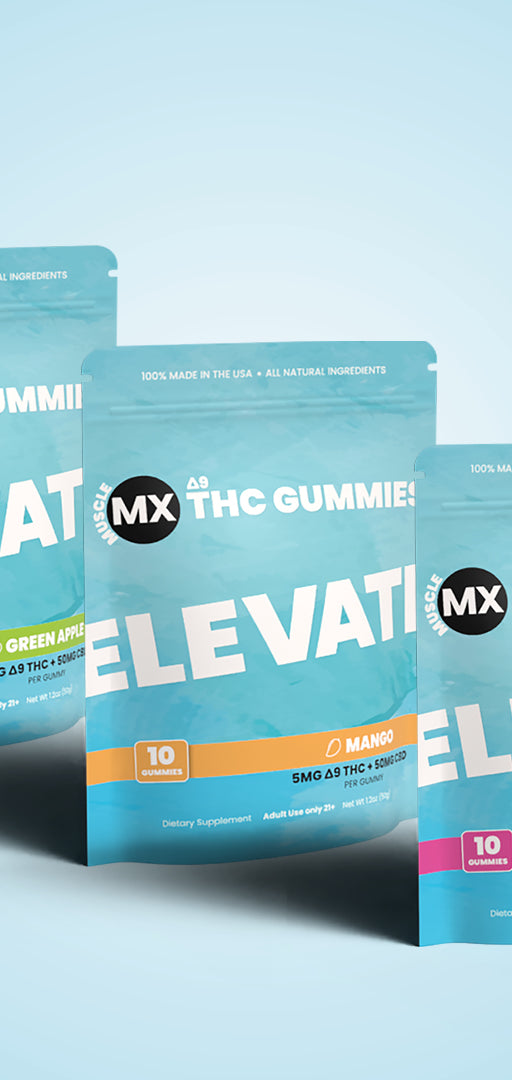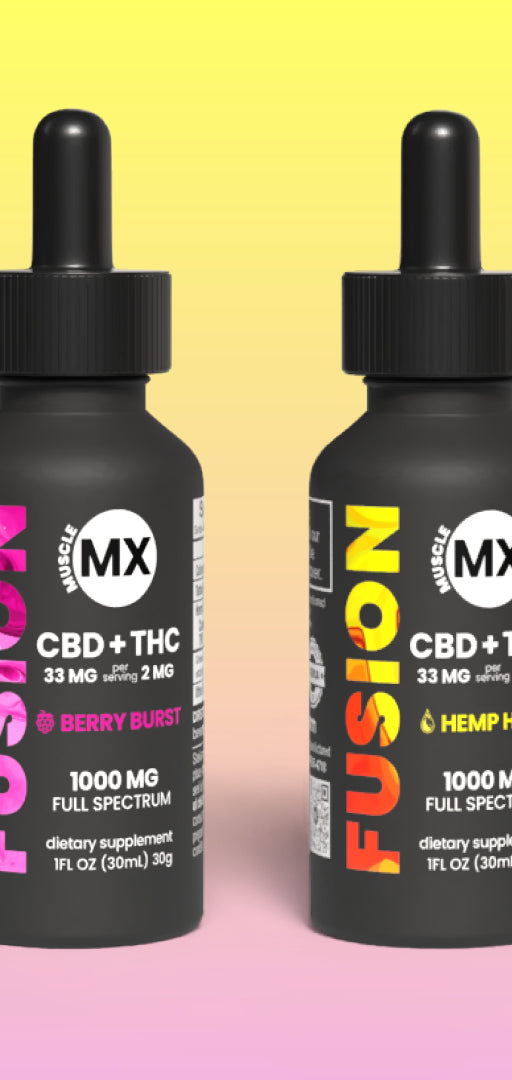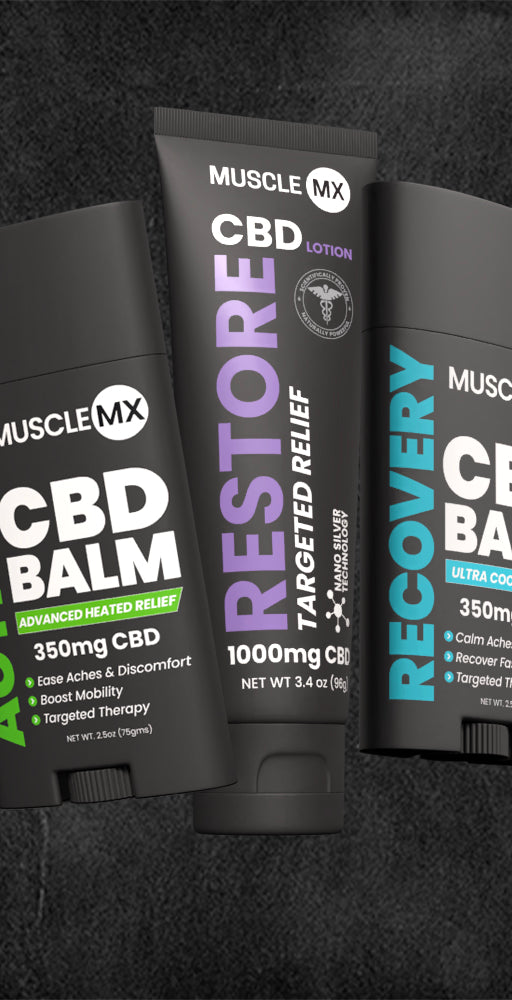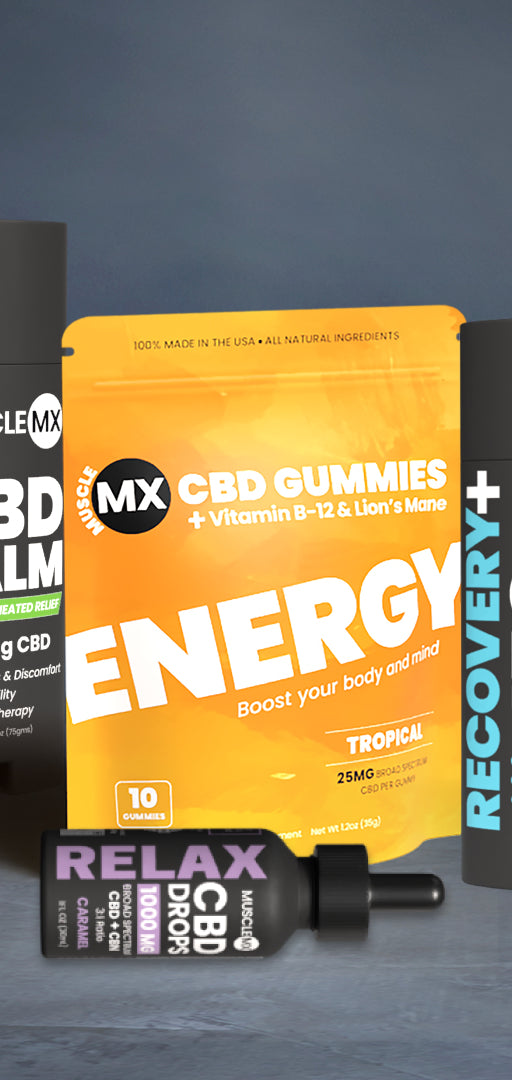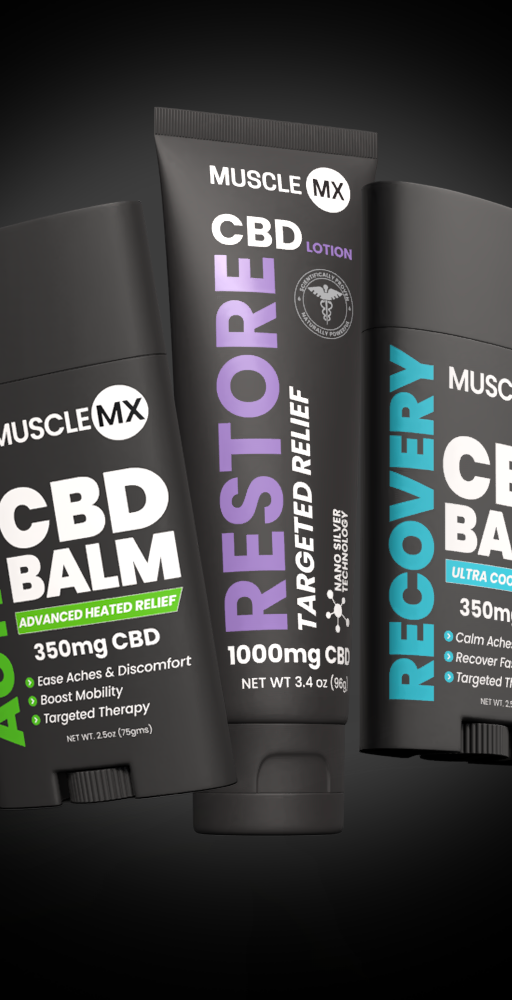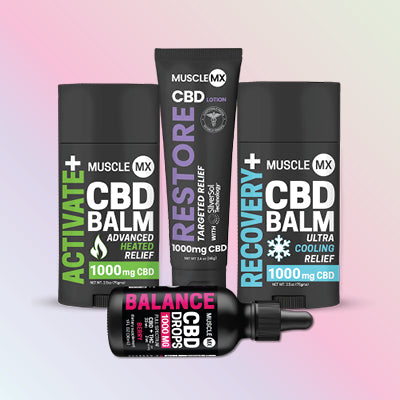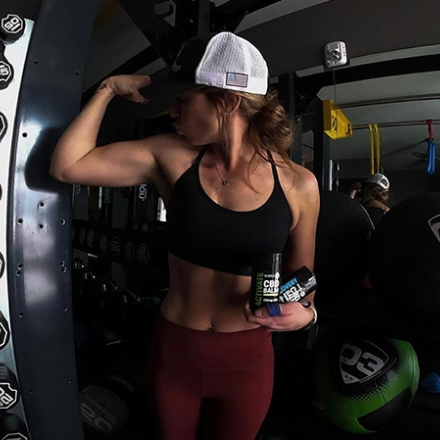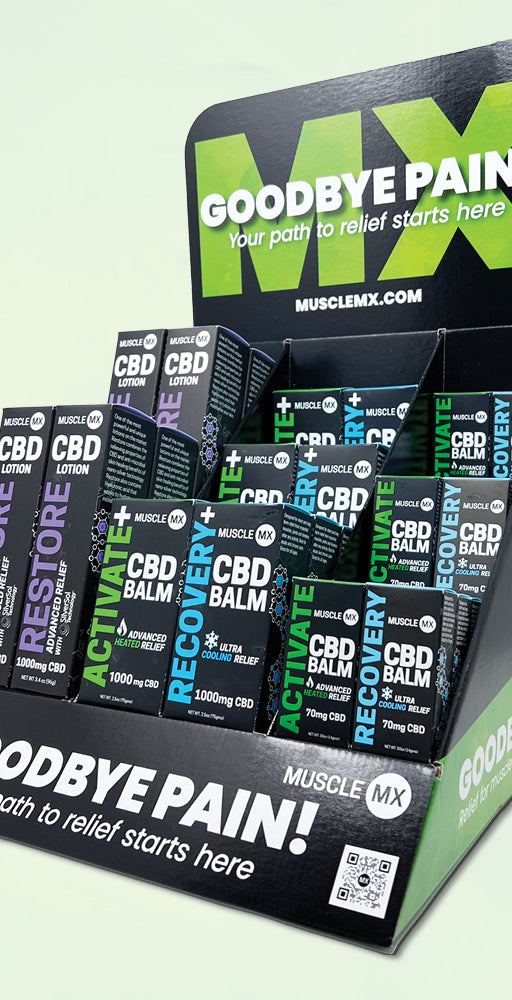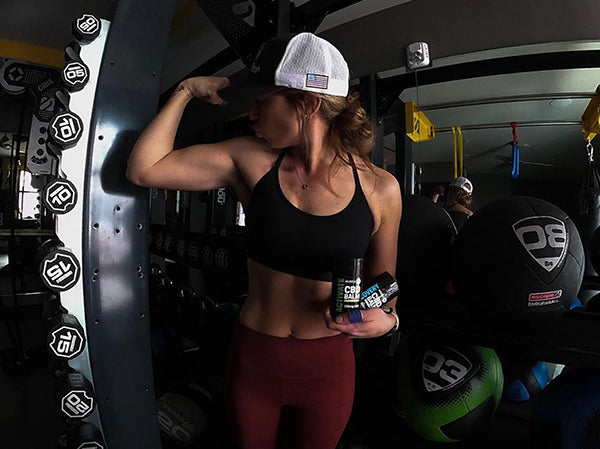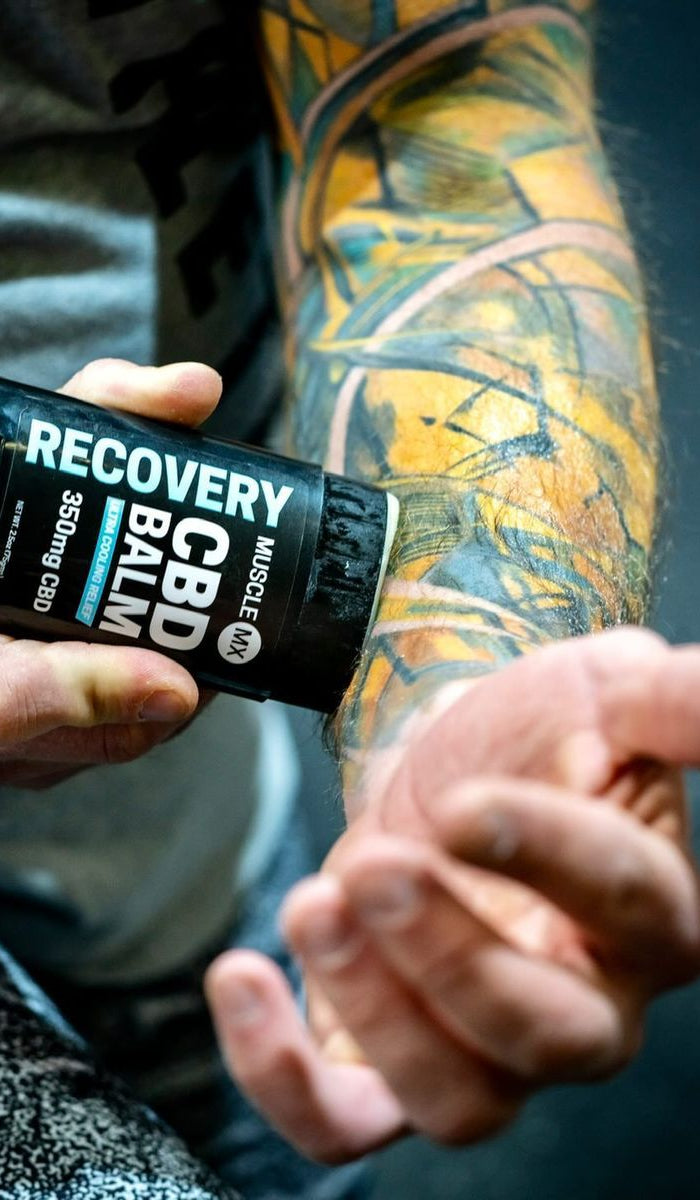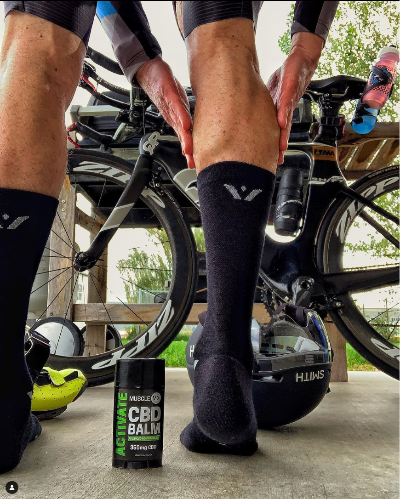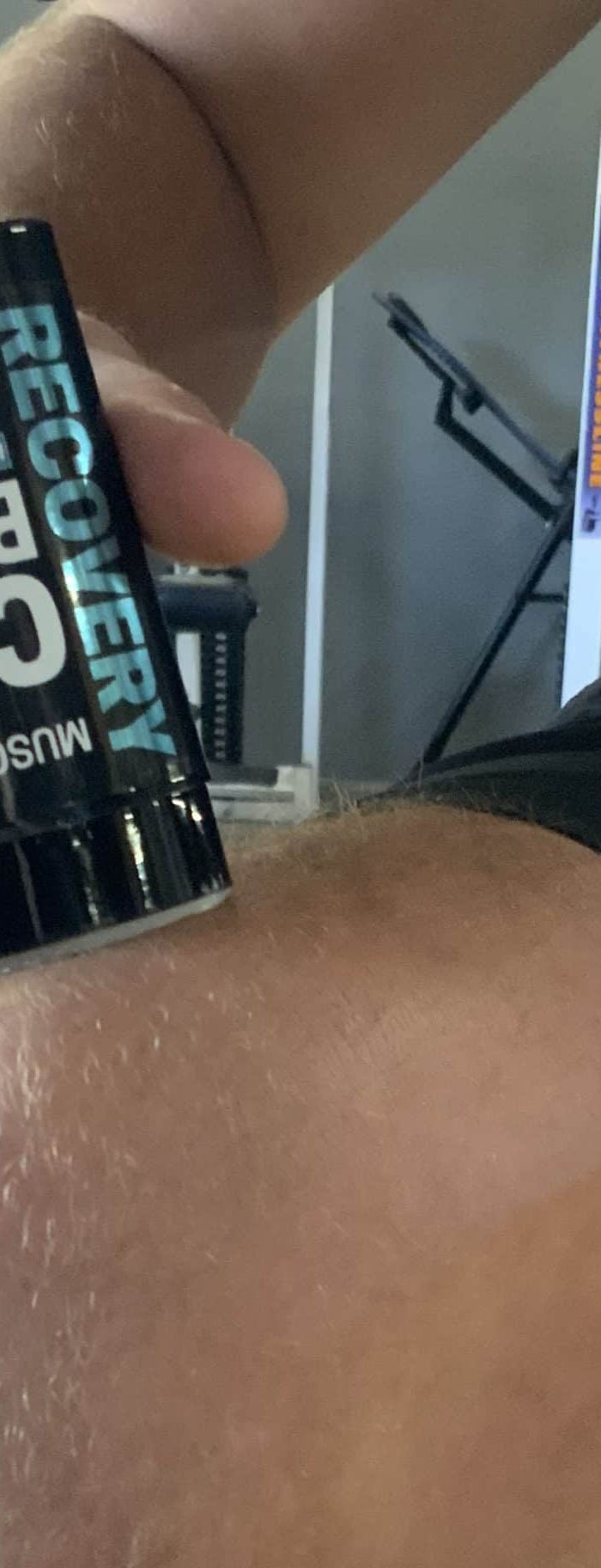Best Moisturizer for Aging Skin: What Dermatologists Actually Use
Did you know that our skin loses about 10% of its natural moisture every decade after age 20? Finding the best moisturizer for aging skin becomes increasingly crucial as these changes accelerate, especially after 40. In fact, dermatologists emphasize that the right anti-aging moisturizers can make a significant difference in how your skin ages.
While ingredients like hyaluronic acid have become popular in anti-aging products, knowing which formulations actually work requires understanding both your skin's changing needs and the science behind effective hydration. Let's explore what dermatologists actually use on their own aging skin, the most effective ingredients they trust, and how to choose the right dermatologist-recommended skincare for your specific skin concerns.
Understanding Aging Skin Needs
The aging process brings profound changes to our skin structure, particularly after entering our 40s. During this time, the body undergoes significant hormonal shifts that affect skin health at multiple levels.
How skin changes after 40
The most notable change occurs in collagen production, which significantly impacts skin structure and appearance. Studies show that collagen levels can drop by as much as 30% in the first five years after menopause. Additionally, the skin produces fewer natural oils, leading to increased dryness and a compromised moisture balance.
Mature skin faces three primary changes:
-
Decreased elasticity and firmness
-
Reduced natural oil production
-
Slower cell turnover rate
These changes can exacerbate common skin conditions like psoriasis, eczema, and acne, making proper skincare even more crucial for aging skin.
Key moisture barriers in mature skin
The stratum corneum, our skin's protective outer layer, plays a crucial role in maintaining hydration. This barrier consists of cells arranged like bricks, with lipids acting as the mortar between them. Furthermore, the skin's ability to retain these essential lipids diminishes with age, affecting its capacity to maintain proper hydration levels.
The production of ceramides and other protective lipids naturally decreases as we age, consequently weakening the skin's moisture barrier. This reduction in barrier function makes it harder for aging skin to retain essential hydration and protect against environmental stressors.
Common hydration challenges
One of the most significant challenges aging skin faces is maintaining adequate moisture levels. Research indicates that approximately 85% of older adults experience "winter itch," characterized by dry, irritated skin. Moreover, the skin's ability to produce natural moisturizing factors (NMFs) declines with age, making it increasingly difficult to maintain proper hydration.
Dehydration becomes more prevalent as we age, primarily because the skin's natural moisture-locking system becomes less effective. The skin's decreased ability to retain water leads to more noticeable fine lines and wrinkles, making proper moisturization even more critical for maintaining skin health.
Studies have shown that proper hydration may help slow down the aging process and reduce the risk of chronic skin conditions. Consequently, understanding these changes becomes essential for selecting the best moisturizer for aging skin that can effectively address these specific challenges.
Essential Ingredients Dermatologists Trust
When dermatologists select moisturizers for aging skin, they prioritize specific ingredients proven through clinical research. These powerhouse components work together to address multiple signs of aging while supporting skin's natural functions.
Ceramides and peptides
Ceramides naturally occur in skin and act like mortar between skin cells, making them crucial for barrier function. These lipids help restore moisture levels and support healthy skin barrier function, giving skin a firmer, plumper appearance. Notably, dermatologists recommend looking for products containing multiple ceramides, including ceramide NP, ceramide EOS, and ceramide AP, as they work synergistically to protect and nourish aging skin.
Peptides, primarily strings of amino acids, serve as messengers between cells and signal them to produce collagen and elastin. These biochemical cues help:
-
Improve skin texture and firmness
-
Enhance skin elasticity
-
Support natural collagen production
-
Strengthen moisture barrier function
Peptide-infused skincare has gained popularity among dermatologists for its ability to address multiple signs of aging simultaneously.
Hyaluronic acid benefits
Hyaluronic acid stands out as a remarkable hydrating ingredient, with research showing it can bind up to 1,000 times its weight in water. Initially, our bodies naturally produce this substance, but production starts declining at age 25. Therefore, topical application becomes essential for maintaining skin hydration.
Studies demonstrate that hyaluronic acid moisturizers can improve skin hydration by up to 96% while decreasing wrinkle depth by as much as 40%. Rather than just surface hydration, HA works at multiple skin levels, regulating water balance and enhancing the extracellular matrix.
Retinol and antioxidants
Retinol, a vitamin A derivative, remains one of the most extensively studied anti-aging ingredients. Clinical research shows it helps increase cell turnover and slow collagen breakdown. Undoubtedly, its effectiveness stems from its ability to promote keratinocyte proliferation while inhibiting collagen degradation.
For optimal results, dermatologists recommend using retinol for aging skin at night, as sunlight can degrade its effectiveness. Similarly, vitamin C serves as a powerful complement to retinol, helping stimulate collagen production while fighting free radical damage. This antioxidant combination helps brighten skin tone and reduce fine lines when used consistently.
CBD and nano silver in skincare
Recent dermatological approaches to skin aging have explored the potential benefits of CBD in skincare. Cannabidiol skincare effects include anti-inflammatory properties and potential improvements in skin hydration. While research is ongoing, some dermatologists are incorporating CBD oil for skin hydration into their recommended routines.
Additionally, nano silver and colloidal silver have gained attention for their antimicrobial properties in skincare. These ingredients may help maintain healthy pores and provide antimicrobial benefits, although more research is needed to fully understand their long-term effects on aging skin.
Morning Moisturizer Selection
Selecting the right morning moisturizer requires careful consideration of both formula weight and sun protection. Dermatologists emphasize that proper morning hydration sets the foundation for healthy, protected skin throughout the day.
Lightweight vs rich formulas
The effectiveness of your morning moisturizer primarily depends on matching the formula to your skin type. For those with oily skin, lightweight, non-comedogenic formulations prevent pore clogging while maintaining essential hydration. Alternatively, dry skin benefits from rich, emollient-based creams that contain ceramides and peptides to strengthen the skin barrier.
A gel-cream texture works best for combination skin types, offering balanced hydration without excessive weight. However, those with extremely dry, mature skin should opt for cream-based formulations that provide deeper moisture retention. Many dermatologist-recommended skincare lines offer a range of textures to suit different skin types and concerns.
SPF requirements
According to dermatologists, sun protection remains the cornerstone of any morning skincare routine. The American Academy of Dermatology specifically recommends using sunscreen with an SPF of at least 30, which blocks approximately 97% of UV rays.
For optimal protection, consider these essential SPF guidelines:
-
Use broad-spectrum protection that guards against both UVA (aging) and UVB (burning) rays
-
Apply SPF 50 or higher for extended outdoor exposure
-
Choose SPF 30 minimum for indoor days
Essentially, a moisturizer containing SPF should not be your sole source of sun protection. Many facial moisturizers with built-in SPF offer insufficient protection, often containing SPF ratings as low as 15. Instead, dermatologists recommend applying a dedicated broad-spectrum sunscreen over your morning moisturizer.
The timing of application matters significantly. Sunscreen should be applied after moisturizer but before any makeup application. Furthermore, reapplication every two hours becomes crucial, particularly when spending time outdoors or swimming.
Physical blockers like zinc oxide and titanium oxide provide the most effective protection for sensitive skin. These ingredients create a protective barrier that reflects harmful UV rays while maintaining skin hydration.
Evening Moisturizer Choices
Nighttime presents a crucial opportunity for skin repair and regeneration. Research shows that skin's natural healing process peaks during sleep, making evening moisturizer selection vital for aging skin care.
Deep hydration needs
Evening moisturizers typically feature thicker formulations than their daytime counterparts, delivering higher concentrations of active ingredients. This enhanced potency supports the skin's natural repair mechanisms while you rest. Studies demonstrate that uninterrupted nighttime skincare allows for optimal "rest and repair," primarily because skin isn't fighting environmental stressors like UV damage or pollution.
For mature skin, evening moisturizers should focus on:
-
Stimulating collagen production
-
Repairing the skin barrier
-
Providing sustained hydration
-
Evening skin tone
-
Reducing fine lines
Clinical research indicates that nighttime application of moisturizer helps combat "inflammageing" - the chronic, low-level inflammation contributing to visible signs of aging. Generally, dermatologists recommend looking for ingredients like glycerin, ceramides, and squalane for addressing dryness, while ingredients such as licorice root and green tea help calm redness.
Active ingredient combinations
Understanding ingredient compatibility becomes essential for maximizing your evening skincare routine's effectiveness. Primarily, certain active ingredients work better together, while others may diminish each other's effectiveness or cause irritation.
Dermatologists recommend these successful combinations:
-
Retinol with niacinamide: This pairing helps improve the appearance of skin blemishes while reducing sensitivity
-
Hyaluronic acid with retinol: The combination allows for retinol benefits without excessive dryness
-
Peptides with retinol: Together, they enhance collagen production and cell turnover
Nevertheless, some ingredients should never be used simultaneously. For instance, retinol shouldn't be combined with vitamin C, AHA/BHA acids, or benzoyl peroxide, as these combinations can be harsh on the skin. Altogether, it's better to alternate these ingredients on different nights.
The timing of application matters significantly. Soon after cleansing, apply water-based products first, followed by oil-based formulations. Simultaneously, consider using different active ingredients on alternating nights to prevent potential irritation and maximize benefits.
Otherwise, if using multiple active ingredients, experts suggest patch testing new combinations and starting with lower concentrations to assess skin tolerance. This approach helps prevent potential adverse reactions while allowing your skin to adjust to new ingredient combinations.
Application Techniques That Matter
Proper application techniques make a substantial difference in how well moisturizers work for aging skin. Research shows that the method and timing of product application directly impact their effectiveness.
Best time to apply
The optimal moment to apply moisturizer occurs when skin remains slightly damp after cleansing. This technique helps lock in additional hydration, maximizing the product's benefits. Clinical studies indicate that applying moisturizer to damp skin substantially improves its ability to maintain moisture levels.
Primarily, dermatologists recommend moisturizing at least twice daily after washing your face. Subsequently, any additional applications might be necessary following activities like swimming or exercise. Although some people skip mid-day applications, experts suggest reapplying moisturizer if skin feels particularly dry throughout the day.
Layering products correctly
Following the correct order of product application proves crucial for optimal results. The fundamental rule involves applying products from thinnest to thickest consistency. This sequence allows each product to penetrate effectively without interference from heavier formulations.
The recommended layering sequence:
-
Cleanser
-
Toner
-
Serum
-
Eye cream
-
Moisturizer
-
Sunscreen
Certainly, waiting between layers helps prevent product dilution. Experts advise allowing each product to absorb fully before applying the next. Hence, this methodical approach ensures maximum benefits from each product in your skincare routine.
Amount to use
Understanding precise product amounts prevents both under-application and waste. For facial moisturizer, dermatologists recommend using a nickel-sized amount to cover the entire face and neck. Nonetheless, those with extremely dry skin might require slightly more product.
The correct amounts for specific areas:
Regardless of the amount used, gentle application techniques matter significantly. Patting motions work best for cream-based products, while gel formulations benefit from circular movements until fully absorbed. Likewise, avoid aggressive rubbing, which can stretch delicate aging skin.
Presently, many people make the mistake of applying too little sunscreen, using only 25-50% of the recommended amount. For adequate protection, use approximately two milligrams of sunscreen per square centimeter of skin - equivalent to a nickel-sized dollop for the face alone.
Over-application can lead to product waste and potential skin issues. Using excessive amounts of moisturizer might result in clogged pores or make it challenging to apply makeup. Conversely, insufficient product application leaves skin inadequately protected and hydrated.
Final Thoughts
Proper moisturization stands as a cornerstone of effective skincare for aging skin. Understanding your skin's changing needs allows you to make informed choices about products and ingredients that truly work. While ceramides and peptides strengthen the skin barrier, hyaluronic acid provides essential hydration, and retinol promotes cell turnover.
Successful aging skin care depends on both product selection and application technique. Morning routines demand lightweight formulas with adequate sun protection, while evening care focuses on repair and regeneration through deeper moisturization. Rather than viewing moisturization as a simple step, think of it as a strategic approach to maintaining skin health.
Dermatologists emphasize that consistency matters more than expensive products. Following proper application techniques, using appropriate amounts, and maintaining regular morning and evening routines will yield better results than sporadic use of costly treatments. Most importantly, remember that healthy aging skin requires patience - visible improvements typically emerge after 8-12 weeks of dedicated care.
As the field of dermatology continues to evolve, new ingredients and technologies like CBD-infused products and nano silver skincare are being explored for their potential benefits. While these innovations show promise, it's essential to consult with a dermatologist to determine the best approach for your individual skin needs.
Whether you prefer natural skincare options or professional skincare products, the key is to choose formulations that address your specific concerns while supporting overall skin health. By incorporating a mix of time-tested ingredients and cutting-edge innovations, you can develop a comprehensive skincare routine that helps your skin look and feel its best at any age.
References
https://pmc.ncbi.nlm.nih.gov/articles/PMC10078143/
https://pmc.ncbi.nlm.nih.gov/articles/PMC9618501/
https://health.clevelandclinic.org/anti-aging-skin-care
https://www.houstonmethodist.org/blog/articles/2023/jun/can-face-moisturizer-with-spf-double-as-your-sunscreen/
https://www.mayoclinic.org/diseases-conditions/wrinkles/in-depth/wrinkle-creams/art-20047463
https://chemistconfessions.com/blogs/combine-skincare-actives-like-a-pro
https://www.aad.org/public/everyday-care/skin-care-secrets/anti-aging/maximize-anti-aging-products
https://www.englishdermatology.com/layering-skincare-is-more-really-more-how-to-get-the-most-out-of-multiple-skincare-products/
https://www.webmd.com/beauty/features/skin-product-amount
